Tools of the Trade: Scissor, Maryland, Hook, YouHang, and Graspher in Lab Choly
Laparoscopic cholecystectomy — or "lab choly" as it's often called in hospital corridors — is a routine surgery with some not-so-routine tools. Behind those small incisions and the smooth removal of the gallbladder is a carefully chosen set of instruments, each playing a key role in the procedure. Today, let’s get to know five of them: Scissor, Maryland, Hook, YouHang, and Graspher.
5/8/20242 min read
Maryland Dissector
The Scissor is one of the most straightforward yet essential instruments. Sleek and precise, laparoscopic scissors are designed to cut with finesse inside the body. Surgeons use them to trim tissues, cut ligaments, or divide adhesions during the dissection process. They offer a clean cut in a confined space, which is exactly what's needed in minimally invasive surgeries.
Scissors
The Maryland, or Maryland dissector, is a curved, fine-tipped tool that offers both flexibility and control. It’s used to delicately separate tissues, maneuver around blood vessels, and in some cases, even apply electrocautery to stop bleeding. This tool is favored for its versatility — it can dissect, hold, or coagulate, depending on the need in that moment. It’s one of the surgeon’s most trusted tools when working around delicate areas like the cystic duct and artery.
YouHang
YouHang — not a standard name in textbooks, but often used informally in surgical teams. This refers to instruments that help suspend or lift structures during surgery. It could be a retractor or a specialized port tool, but the core idea is the same: it allows the surgeon to "hang" or elevate part of the anatomy to gain better visibility and access. It’s like having an extra hand holding things in place while the main tools do the work.
Graspher (aka Grasper)
Graspher — more commonly spelled “grasper” — plays a crucial role throughout the surgery. It’s used to hold, pull, push, or stabilize tissue. Whether it’s pulling the gallbladder upward, holding the cystic duct steady, or helping to expose structures, the graspher is constantly in motion. Some are gentle and designed not to damage tissue, while others have stronger jaws for a firmer grip.
Hook Electrode
The Hook, often called the hook electrode, is very different in both shape and function. With its stiff, L-shaped tip, the hook is primarily used for electrosurgical dissection. This means it doesn’t just touch tissue — it burns through it, allowing for both cutting and cauterizing at the same time. It’s commonly used when separating the gallbladder from the liver bed, a stage that requires both precision and hemostasis. It may look simple, but it’s incredibly effective at slicing through layers with minimal bleeding.
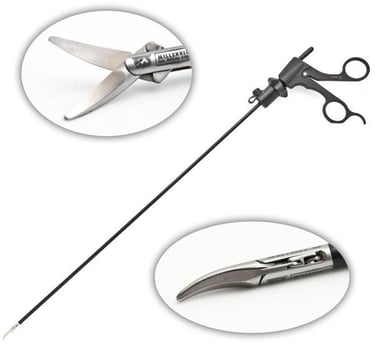

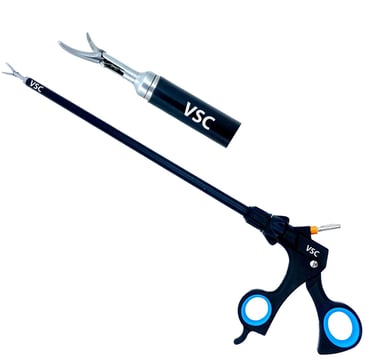

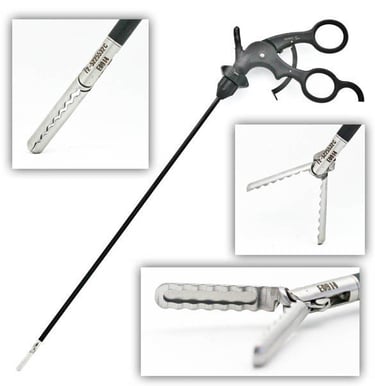

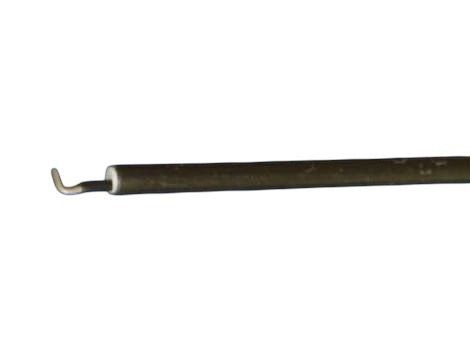

Clip Applicator Function:
It applies titanium or polymer clips to the cystic duct and artery, effectively sealing them to prevent bleeding or bile leakage before cutting.
Precision & Control:
The applicator allows surgeons to accurately place clips deep inside the abdominal cavity using minimal access, which is crucial in delicate procedures like gallbladder removal.Minimally Invasive Safety:
As part of the laparoscopic toolkit, it contributes to faster recovery, less pain, and smaller incisions compared to open surgery methods.
Needle Applicator
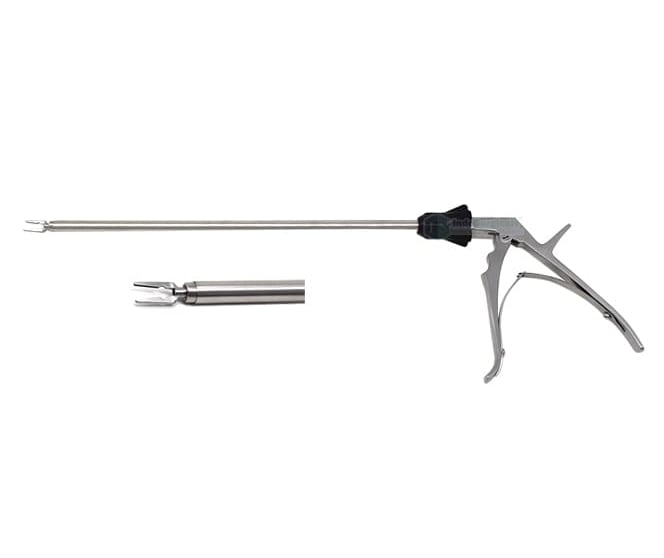

Blogging
A platform for sharing thoughts and ideas.
Connect
Explore
faizafurqan238@gmail.com
© 2025. All rights reserved.